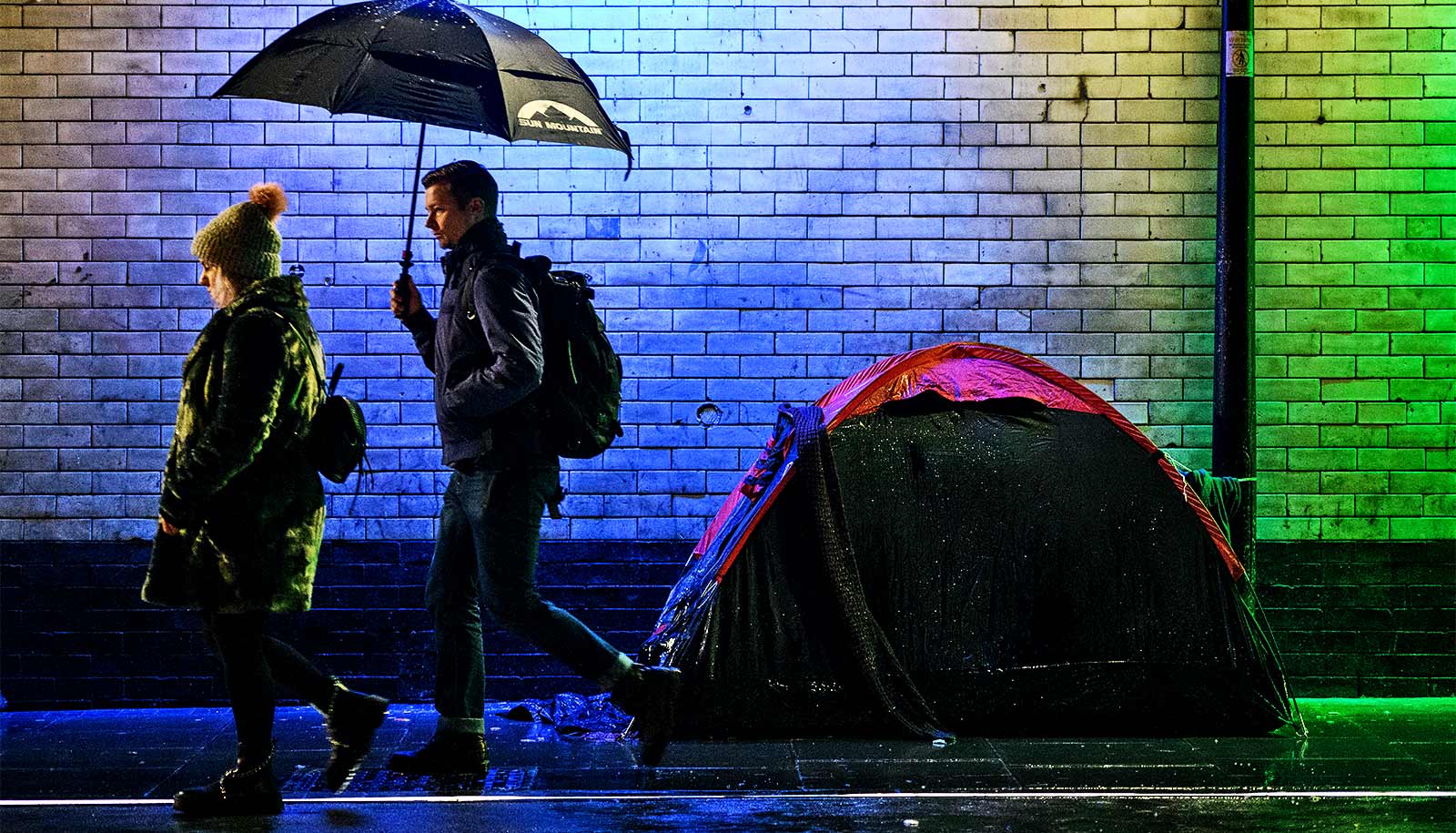Middle-class college students are underrepresented at highly selective colleges and universities, researchers report.
That could change, however, if those institutions granted them a boost in the application and admissions process similar to that often given to children of alumni, according to a new study.
The report in Opportunity Insights builds on research shared in a 2017 report concluding that many colleges were helping to level the economic playing field for students who came from different backgrounds.
For the new report, the researchers analyzed data from standardized tests to discern what role test scores and family income played in admissions at “Ivy-plus” institutions: Ivy League universities, the University of Chicago, Duke University, Massachusetts Institute of Technology, and Stanford University. Among their key findings: High-income students were 34% more likely to attend selective colleges than low-income students with the same SAT scores.
The researchers also found that, among students who scored exactly 1400 on the SAT, those who came from middle-class families were far more underrepresented at elite institutions than their peers from higher- and lower-income families.
“Middle-income students could be underrepresented because they apply at lower rates, because they are admitted at lower rates, or because they matriculate at lower rates,” says John Friedman, a professor of economics at Brown University. “Each of these forces may be present, and the relative strength of these forces may vary from college to college.”
Friedman says that students who come from families in the bottom 20% of earners are also underrepresented in elite colleges’ student bodies, though slightly less so, and mostly because there is a much smaller pool of students from low-income families who have sufficiently high test scores to be considered at top private colleges. Past research, including Friedman’s own, has shown that many low-income students fall behind in high school due in part to disparities in their schools and neighborhoods.
Researchers used test score data to measure how large an application and attendance boost low- and middle-income students would need to receive for their representation at selective institutions to match their representation at colleges nationwide. They found that an SAT “bonus” of 160 points for students from households in the bottom 20% of earners, and a bonus of 96 points for students from households in the middle 20% of earners, would be sufficient.
That point boost, or some other equivalent “bonus,” would lend lower-income students a similar preference that many selective colleges gave to children of alumni, recruited athletes, and students from historically underrepresented groups, the researchers argue in the report.
“In terms of economic outcome for students who attend highly selective colleges, there’s almost no gap between students from high-income backgrounds and students from low-income backgrounds,” Friedman says. “If these student bodies included more students from diverse economic backgrounds, we could substantially increase intergenerational mobility for college students in the US.”
Additional researchers from Harvard University; the University of California, Berkeley; and the Federal Reserve Board contributed to the work.
Funding for the work came from the Internal Revenue Service.
Source: Brown University



